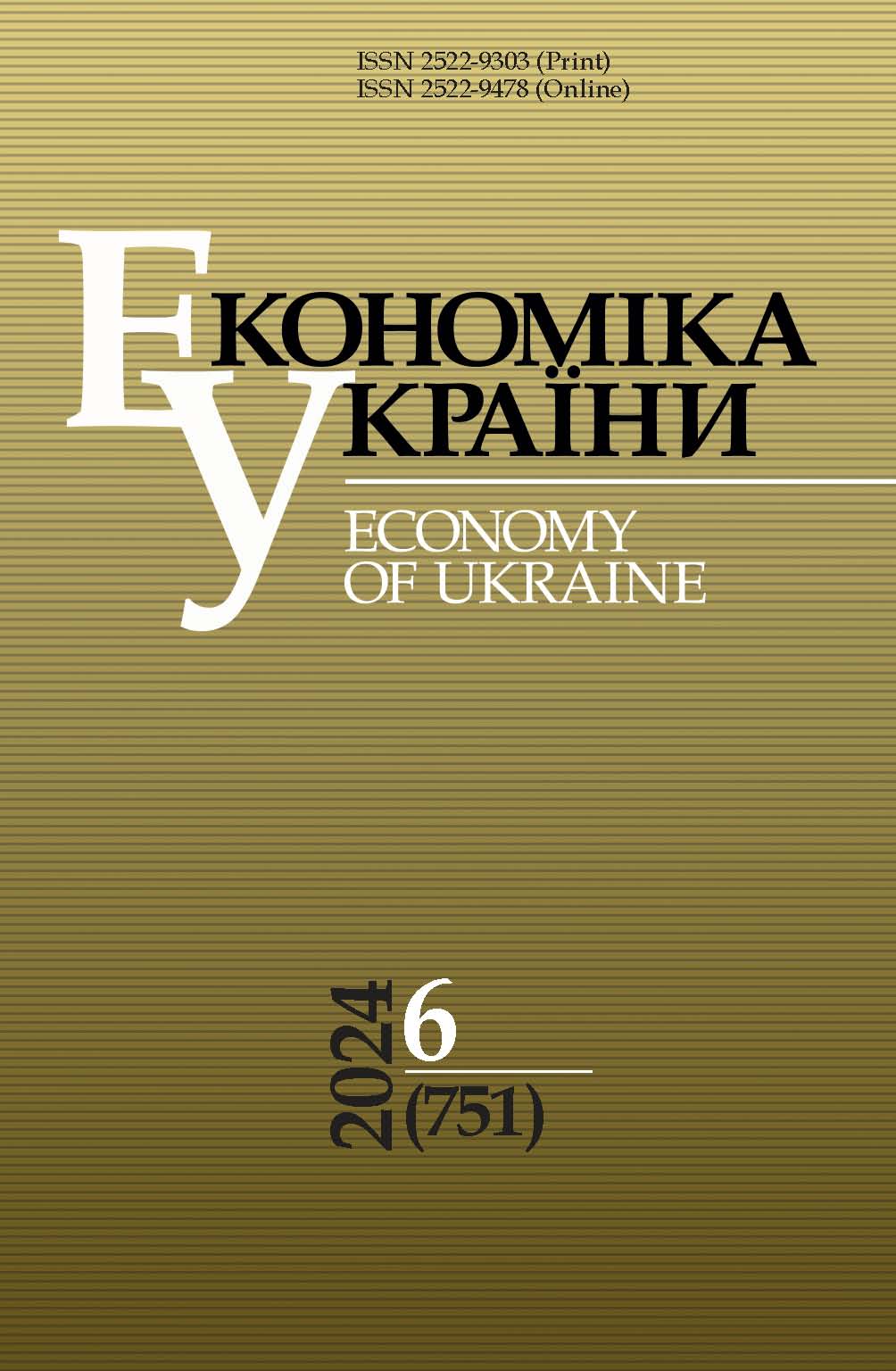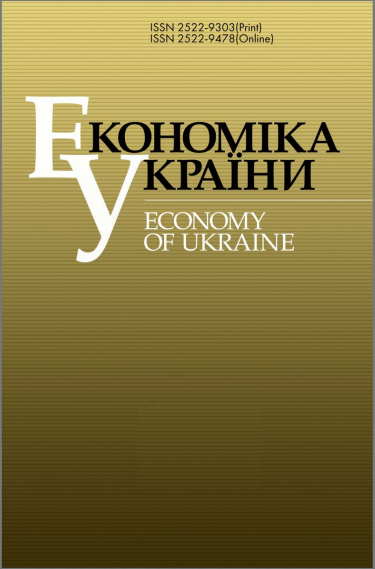BUDGET OPERATIONS MANAGEMENT IN WARTIME
DOI:
https://doi.org/10.15407/economyukr.2024.06.026Keywords:
state budget expenditures; state budget revenues; state budget deficit; government borrowing; financial aid; repayment of loans; fiscal rules.Abstract
Management of the operations of Ukraine’s state budget in wartime requires a significant increase in the volume of expenditures, changes in their structure and in budget deficit indicators, meeting the expenditures with mobilized revenues, as well as revision of approaches to the conduct of state budget financing operations.
The standard model of budget operations management did not provide a solution to the problems caused by the war. Consequently, there was a need to introduce radical changes in the management of expenditures, revenues and financing of the state budget, taking into account new challenges. Such transformations were not provided for in regulatory documents and defined in scientific research. In view of this, the study of the peculiarities of budget operations management in Ukraine in wartime has become relevant, which allowed to propose mechanisms for their improvement. For this, an analysis of budget operations management in wartime was carried out, problems that needed to be solved in the following periods were identified, and recommendations were made for improving budget operations management during the period of overcoming the consequences of the war in Ukraine.
In wartime, non-traditional mechanisms were introduced in budget operations management regarding budget expenditures, revenue mobilization, budget deficit indicators, as well as state budget financing. Changes have been made to the placement of internal loans, sources of their financing, and an increase in external borrowing. Improving the process of budget operations management involves limiting the mechanisms for attracting extraordinary revenues to the budget, increasing tax revenues, non-debt resources (as part of state budget financing), placing loans on the domestic market, limiting monetary financing of the deficit, replacing concessional financing with market borrowing, providing additional mechanisms to maintain debt sustainability.
References
Marchenko, S. (2022). Strategic public finance governance: European integration course, international trends, national peculiarities. Finance of Ukraine. No. 1. P. 7-26. https://doi.org/10.33763/finukr2022.01.007 [in Ukrainian].
Iefymenko, T. (2023). Public Financial Management in martial time and post-war reconstruction of Ukraine: scientific support of transformations. Finance of Ukraine. No. 1. P. 7-25. https://doi.org/10.33763/finukr2023.01.007 [in Ukrainian].
Gasanov, S. (2023). Ukraine's fiscal position in the face of internal and external shocks. Finance of Ukraine. No. 12. P. 7-26. https://doi.org/10.33763/finukr2023.12.007 [in Ukrainian].
Lunina, I. (2022). Public finance capacity to secure expenditures during the war period and the post-war recovery of Ukraine. Finance of Ukraine. No. 8. P. 7-26. https://doi.org/10.33763/finukr2022.08.007 [in Ukrainian].
Ljutyj, I. (2020). Financial policy: modern challenges and contradictions of implementation in Ukraine. Finance of Ukraine. No. 5. P. 50-62. https://doi.org/10.33763/finukr2020.05.050 [in Ukrainian].
Downloads
Published
How to Cite
Issue
Section
License
Copyright (c) 2024 Publisher PH "Academperiodyka" of the NAS of Ukraine

This work is licensed under a Creative Commons Attribution-NonCommercial-NoDerivatives 4.0 International License.



